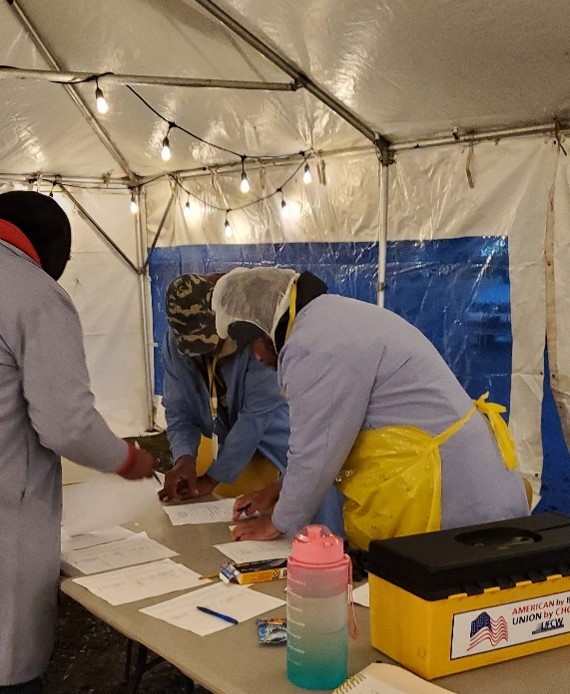The month of November is Native American Heritage Month, a time to pay tribute to Native Americans and their contributions to our communities, country and union family.
While we currently have a month to celebrate and recognize the importance of Native American Heritage, it took nearly a century of hard work by indigenous advocates to get here.
Dr. Arthur C. Parker from the Seneca Nation and director of the Museum of Arts and Science in Rochester, N.Y. was one of the first advocates for an “American Indian” Day, persuading the Boy Scouts of America to adopt a “First Americans” day, which was recognized for three years. By 1915, the president of the Annual Congress of the American Indian Association, Rev. Sherman Coolidge, called upon the country to observe this day and on Sept. 28, 1915, Coolidge declared the second Saturday of each May to be “American Indian Day” in addition to enacting the first formal appeal for recognition of Native Americans as citizens.
Additionally, in 1914, Red Fox James, belonging to the Blackfoot Nation, traveled on horseback across the country persuading state governments to set aside a day to honor Native Americans. He arrived at the White House on December 14, 1915, with the endorsements of 24 state governments. However, no national day was formally proclaimed at that time.
In May of 1916, the governor of New York was the first to declare a day in recognition of Native Americans on the second Saturday in May 1916. There are several other states that celebrate this day on the fourth Friday in September.
The observance expanded in 1976, when Jerry Elliott High Eagle, one of the first Native Americans to work for NASA, wrote the Congressional legislation for Native American Awareness Week, which was passed by the U.S. Congress and signed into law by President Gerald Ford. In 1986, President Ronald Reagan proclaimed Nov. 23 to 30 as American Indian Week, and in 1990, President George H.W. Bush declared the month of November as National American Indian Heritage Month, commonly referred to as Native American Heritage Month.
Native Women’s Equal Pay Day also takes place this month on Wednesday, Nov. 30, which is the day when Native American women’s pay finally catches up to what white men were paid by the end of the prior year, meaning it takes approximately 18 months for Native American women to earn what white men earn in 12. Native American women who work full- and part-time earn approximately 51 cents for every dollar that white men earn, and women in Indigenous communities are more likely to experience poverty, high levels of unemployment and other challenges in their lives. You can get additional information about Native Women’s Equal Pay Day here.
If your local has a member activist you would like to profile during Native American Heritage Month, contact Amy Ritter at aritter@ufcw.org.

